
 |
 |
20000 photos of India, 1280õ960
Rameshwaram temple – photo gallery
| Rameshwaram |
| Dhanushkodi in Rameshwaram |
| Rameshwaram temple with Shiva jyotir lingam |
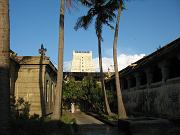
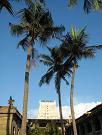
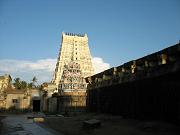
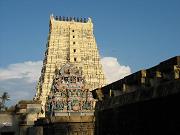
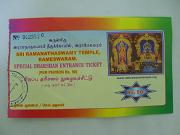
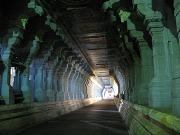
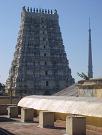
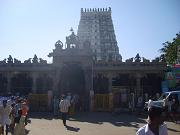 |
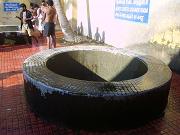
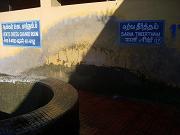
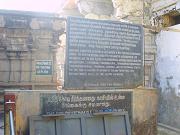
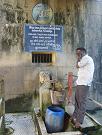
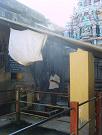
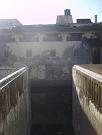
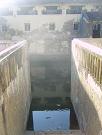
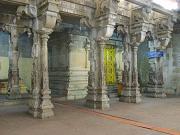
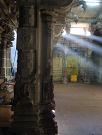
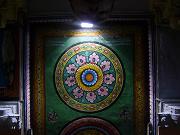
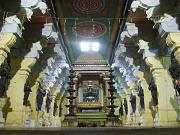
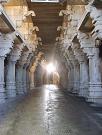
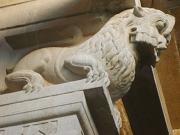
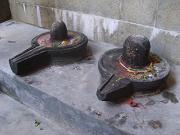
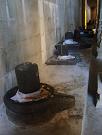
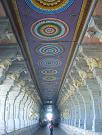
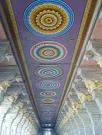
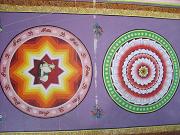
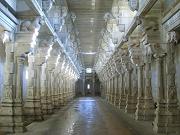
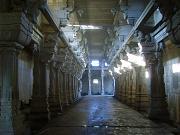
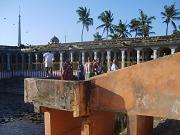
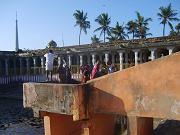
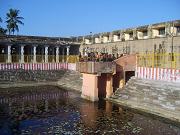
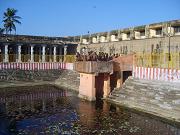 |
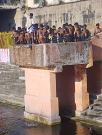
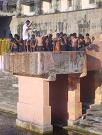
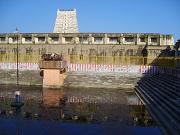
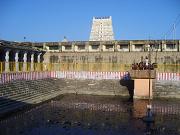
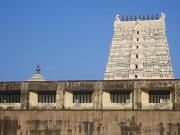 |
| Third corridor of Rameshwaram temple |
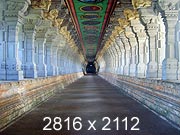
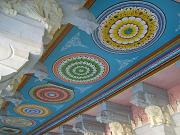
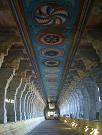
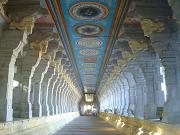
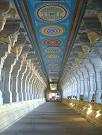
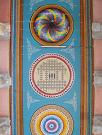
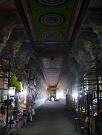
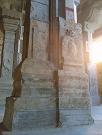
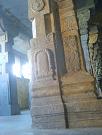
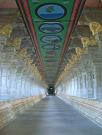
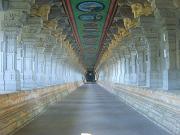
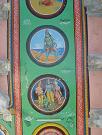
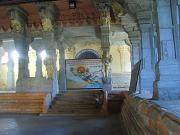
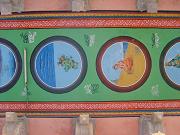
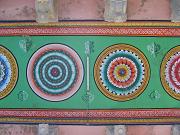
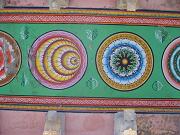 |
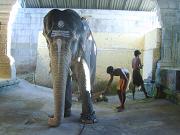

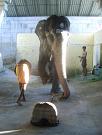
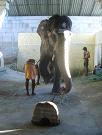

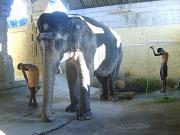
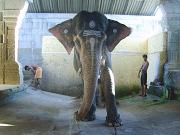
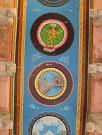
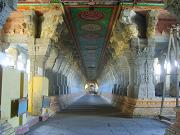
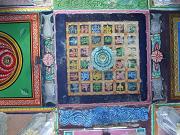
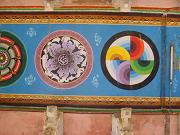
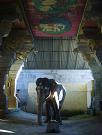
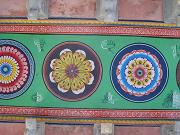
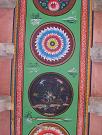
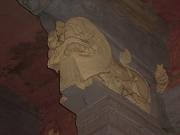
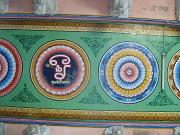
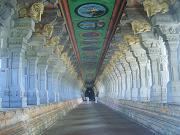
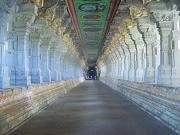
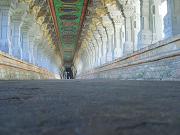
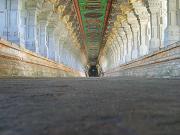
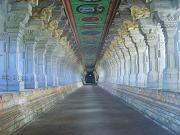
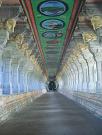
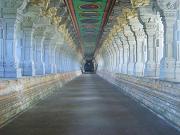
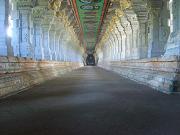
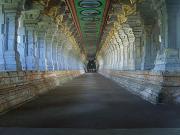
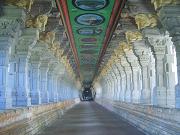
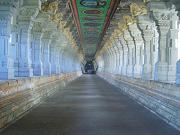
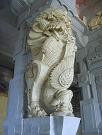 |
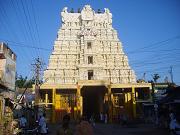
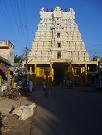

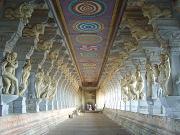
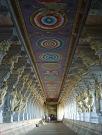
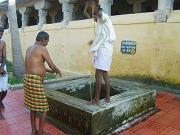
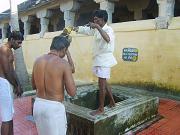
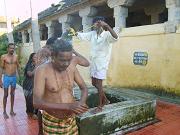
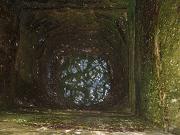
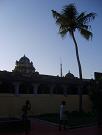
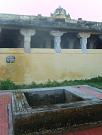
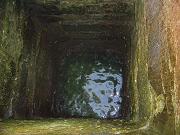
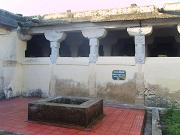
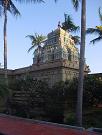
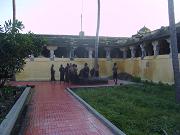
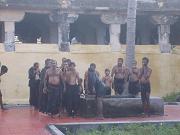
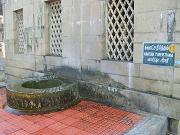
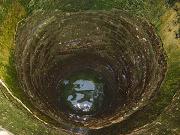
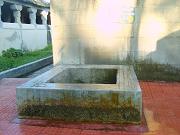
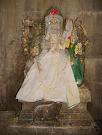
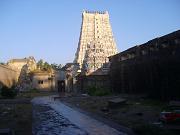
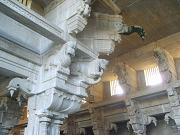
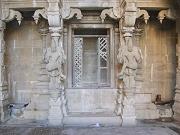
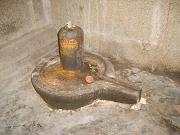
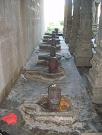
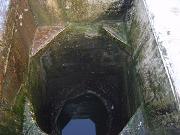
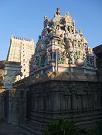
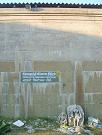
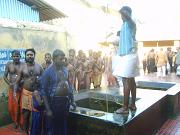

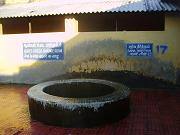
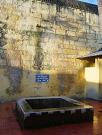
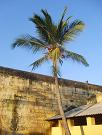
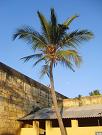
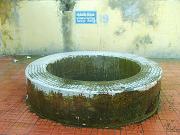
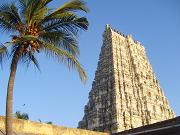
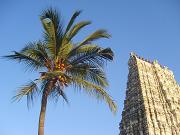
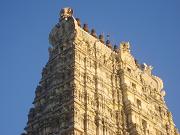
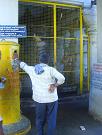
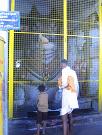 |
|
Ramanathaswamy temple is a famous one dedicated to the god Shiva. It is located on Rameswaram island in the state of Tamil Nadu. The temple is one of the holiest Hindu Char Dham (four divine sites) sites comprising Badrinath on the North, Puri on the East and Dwarka on the West. It is also one of the twelve Jyotirlinga temples. The name of the temple in local Tamil language is இராமநாதஸ்வாமிகோயில், pronounced as Irāmanātasvāmi Kōyil. It is one of the 274 Paadal Petra Sthalams, where the three of the most revered Nayanars (Saivite saints), Appar, Sundarar and Tirugnana Sambandar, have glorified the temple with their songs. The temple was expanded during the 12th century by Pandya Dynasty, and its principal shrines sanctum were renovated by Jeyaveera Cinkaiariyan and his successor Gunaveera Cinkaiariyan of the Jaffna kingdom. The temple has the longest corridor among all Hindu temples in India. The temple is located in Rameswaram considered a holy pilgrimage site for Shaivites, Vaishnavites and Smarthas. The presiding deity, the Lingam of Ramanathaswamy (Shiva), is believed to have been established and worshiped by Rama, an avatar of the god Vishnu, to absolve the sins created during the Ramayana war at Sri Lanka. According to the Ramayana, Rama, the seventh avatar of the god Vishnu, prayed to the god Shiva to absolve him of the sin of killing a Brahmin, committed during his war against the demon king Ravana in Sri Lanka. Rama wanted to have a large lingam to worship Shiva. He directed Hanuman, the lieutenant in his army, to bring a lingam from the Himalayas. When Hanuman was delayed in bringing the lingam, Sita, the wife of Rama, built a small lingam out of the sand available in the sea shore, which is believed to be the lingam in the sanctum. The primary deity of the temple is Ramanathaswamy (Shiva) in the form of lingam. There are two lingams inside the sanctum - one built by Sita, from sand, residing as the main deity, Ramalingam and the one brought by Hanuman God from Kailash called Vishwalingam. Rama instructed that the Vishwalingam should be worshipped first since it was brought by Hanuman God – the tradition continues even today. Like all ancient temples in South India, there is a high compound wall (madil) on all four sides of the temple premises measuring about 865 feet furlong from east to west and one furlong of 657 feet from north to south with huge towers (Gopurams) to the east and the west and finished gate towers to the north and south. The temple has striking long corridors in its interior, running between huge colonnades on platforms above five feet high. The second corridor is formed by sandstone pillars, beams and ceiling. The junction of the third corridor on the west and the paved way leading from the western gopuram to the Setumadhava shrine forms a unique structure in the form of a chess board, popularly known as Chokkattan Madapam, where the Utsava deities are adorned and kept during the Vasanthotsavam (Spring festival) and on the 6th day festival in Adi (July–August) and Masi (February–March) conducted by the Setupati of Ramnad. The outer set of corridors is reputed to be the longest in the world, measuring about 6.9 m in height, 400 feet each in the east and west and about 640 feet in the north and the south. The inner corridors are about 224 feet each in the east and the west and about 352 feet each in the north and the south. Their width varies from 15.5 feet to 17 feet in the east and west about 172 feet on the north and south with width varying 14.5 feet to 17 feet. The total length of these corridors is thus 3850 feet. There are about 1212 pillars in the outer corridor. Their height is about 30 feet from the floor to the center of the roof. The main tower or rajagopuram is 53 m tall. Most pillars are carved with individual compositions. At the beginning, Ramanathaswamy Temple was a thatched shed. The present structure was the work of many individuals spread over a number of centuries. The pride of place in the establishment for the Temple goes to the Setupatis of Ramanathapuram. In the seventeenth century, Dalavai Setupati built a portion of the main eastern Gopuram. In late eighteenth century, the world-famous third corridor was constructed by Muthuramalinga Setupati who lived for forty nine years and ruled between 1763 and 1795. The corridor was called “Chokkatan Mandapam”. The Mukhya Pradhani (Chief Minister) was Muthuirullappa Pillai and the Chinna Pradhani (Deputy Chief Minister) was Krishna Iyengar. The Setupati’s statue and those of his two Pradhanis (ministers) can be seen at the western entrance to the third corridor. There are sixty-four Tīrthas (holy water bodies) in and around the island of Rameswaram, Tamil Nadu, India. According to Skānda Purāṇa, twenty-four of them are important. Bathing in these Tīrthas is a major aspect of the pilgrimage to Rameswaram and is considered equivalent to penance. Twenty-two of the Tīrthas are within the Rāmanāthasvāmī Temple. The number 22 indicates the 22 arrows in Rama's quiver. The first and major one is called Agni Theertham, the sea (Bay of Bengal). The story of Jyotirlinga goes like this. As per Shiv Mahapuran, once Brahma (the Hindu God of creation) and Vishnu (the Hindu God of saving) had an argument in terms of supremacy of creation. To test them, Shiva pierced the three worlds as a huge endless pillar of light, the jyotirlinga. Vishnu and Brahma split their ways to downwards and upwards respectively to find the end of the light in either directions. Brahma lied that he found out the end, while Vishnu conceded his defeat. Shiva appeared as a second pillar of light and cursed Brahma that he would have no place in ceremonies while Vishnu would be worshipped till the end of eternity. The jyotirlinga is the supreme partless reality, out of which Shiva partly appears. The jyothirlinga shrines, thus are places where Shiva appeared as a fiery column of light. Originally, there were believed to be 64 jyothirlingas of which 12 are considered to be very auspicious and holy. Each of the twelve jyothirlinga sites take the name of the presiding deity - each considered a different manifestation of Shiva. At all these sites, the primary image is the lingam representing the Stambha pillar, symbolizing the infinite nature of Shiva (without beginning or end). The twelve jyothirlinga are Somnath in Gujarat, Mallikarjuna at Srisailam in Andhra Pradesh, Mahakaleswar at Ujjain in Madhya Pradesh, Omkareshwar in Madhya Pradesh, Kedarnath in Himalayas, Bhimashankar in Maharashtra, Viswanath at Varanasi in Uttar Pradesh, Triambakeshwar in Maharashtra, Vaidyanath at Deoghar in Jharkhand, Nageswar at Dwarka in Gujarat, Rameshwar at Rameswaram in Tamil Nadu and Grishneshwar at Aurangabad, Maharashtra. |
| Photos rameshwaram002-006 by courtesy of Moony. |
|
|